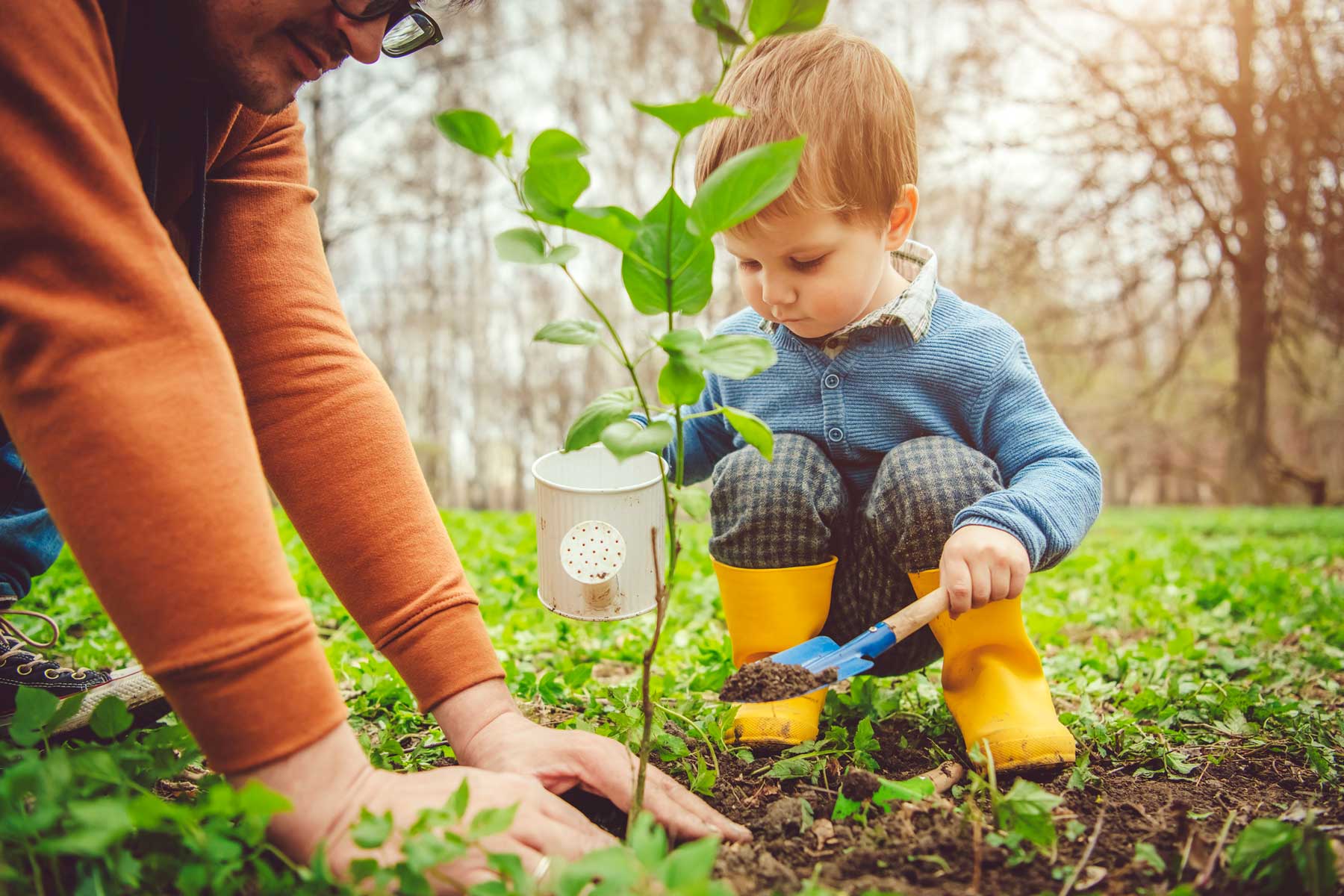Let’s Have Some Fun With Static Electricity!
In this lesson, see if you can create some static electricity by rubbing various materials together!
Content Area:
Curiosity and Wonder
Learning Goals:
This lesson will help toddlers and preschoolers meet the following educational standards:
- Demonstrate curiosity about the world and begin to use the practices of science and engineering to answer questions and solve problems
- Explore concepts and information related to the physical, earth and life sciences
Learning Targets:
After this lesson, toddlers and preschoolers should be more proficient at:
- Developing beginning skills in the use of science and engineering practices such as observing, asking questions, solving problems and drawing conclusions
- Identifying, describing and comparing the physical properties of objects
- Exploring concepts of force and motion

Let’s Have Some Fun With Static Electricity!
Lesson plan for toddlers/preschoolers
Step 1: Gather materials.
- Balloons (depending on the age of the children, it may be helpful to blow up the balloons beforehand)
- Sweater, carpet or hair
- Assorted materials such as ribbon, cloth, foam, tissues, tissue paper, aluminum foil, cardboard scraps, tinsel, paper scraps, yarn, string and pompoms
Note: Small parts pose a choking hazard and are not appropriate for children age five or under. Be sure to choose lesson materials that meet safety requirements.
Step 2: Introduce activity.
- Introduce the activity with these questions and give the children time to contribute to the discussion: “Have you ever rubbed a balloon on your head and made your hair stand up? Have you ever walked across the carpet in your socks and received a shock from a doorknob? These are examples of static electricity.”
- Read the book, Oscar and the Bird: A Book about Electricity by Geoff Waring.
- Inform the children that today we are going to play with electricity. It’s a safe way to have a hands-on experience with science and electricity.
- Introduce the children to the concept of static electricity. Say: “Static electricity is the result of the buildup of electrons on something, giving it an electric charge. It’s called static electricity because the charge stays in the same place.”
- Discuss static electricity and how we experience it. Say: “Static electricity is all about the charge of an object and how charged objects interact. When two objects rub against each other, the electrons move from one object to the other. Friction between two objects causes this attraction or repulsion, such as when you slide down a slide or rub your feet on the carpet. Usually, static electricity is harmless. Does your hair ever stick to the back of your chair or do you ever feel a zap when you touch someone? The zap you feel when you touch someone is an example of the electric charge discharging onto another object. This is static electricity!”
- Say: “Lightning is the result of too much static electricity in the sky. This is an example of when static electricity can be dangerous.”
- Say: “Static electricity isn’t always a nuisance.” Give examples: “For example, static electricity is used for ink printers and spray paint, to make the ink and paint stick to the paper.”
Step 3: Engage children in lesson activities.
- Gather your materials.
- Blow up the balloons or pass out the blown-up balloons.
- Touch the balloons to each of the different materials, including the other balloons. None of the materials will be attracted to the balloons.
- Rub the balloons vigorously against sweaters or hair for 30 seconds. This will add electrons to the balloons and cause them to become negatively charged.
- Now touch the balloons to each of the materials. Observe what happens.
- Continue asking questions about the different materials as the children test them. Say: “Listen carefully. Do you hear a crackle or a pop when you touch your charged balloon to any of the objects?”
- Some of the objects will be picked up only to fall right back down. Ask: “What other objects might stick to the balloon? What about your hair or the wall?”
Step 4: Vocabulary.
- Electricity: A physical phenomenon that can produce light, heat and power
- Static: Not in physical motion; a static charge stays in one area rather than moving or “flowing” to another area
- Static electricity: Produced by friction, static electricity is the result of the buildup of electrons on something, which gives it an electric charge. It’s called static electricity because the charge stays in the same place.
Step 5: Adapt lesson for toddlers or preschoolers.
Adapt Lesson for Toddlers
Toddlers may:
- Enjoy working with larger pieces of paper or items that are not choking hazards
Child care providers may:
- Seem to be performing magic in the eyes of a toddler by making a balloon stick to the wall after rubbing the balloon on their hair
Adapt Lesson for Preschoolers
Preschoolers may:
- Try sliding backward down the playground slide on their backs to make their hair stand up
Child care providers may:
- Pair children by skill levels
- Keep materials available throughout the day to encourage the children to explore the concept of static electricity independently
Suggested Books
Fun with Static Electricity: Static Electricity by Chocolate Tree
Oscar and the Bird: A Book About Electricity by Geoff Waring
Music and Movement
- “Electric Boogie” by Marci Griffiths…It’s Electric!
Outdoor Connections
- Watch thunderstorms through the window: It’s a safe way to observe nature creating electricity through lightning!
Web Resources
Watch the video, 9 Awesome Tricks Using Static Electricity The kids will love it—and you’ll get some great ideas for demonstrating the concept of static electricity in a fun, easy and entertaining way.
Comment on this lesson